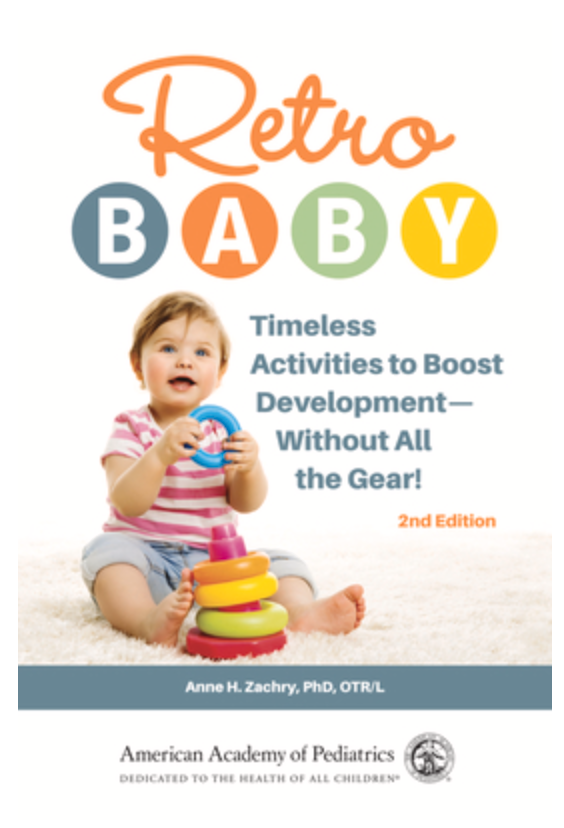The vestibular system helps us know where our bodies are in space and provides a sense of balance and posture. As we move about, our eyes and ears take in sensory information and send that information to the brain. The vestibular system is made up of 3 fluid filled canals, as well as a “sack-like” structure and a “pouch-like” structure, and all of these components work together to respond to movement, gravity, and changes in direction and in head position. The visual system works in conjunction with the vestibular system, allowing both eyes to work together and contributing to smooth eye movements. The proprioceptive system also plays a role in this process (which I will discuss in more detail in another post). As the brain coordinates all of this input, this provides a foundation for the timing and spatial orientation of our movements, allowing us to navigate our environment in a coordinated manner. In one way or another, this system influences everything we do. Think of the vestibular system as functioning like a switchboard, directing individual sensations where and when to go or stop. Considering all of the important functions of this system, it is quite apparent why a vestibular problem can lead to many problems that impact daily functioning.
Signs of Poor Vestibular Processing include:
- Motion Sensitivity
- Clumsiness- difficulty learning to ride a bicycle, hopping, and stair climbing
- Low Muscle Tone
- Visual-Spatial Problems
- Poor Eye-Hand Coordination
- Fear of Heights
- Dizziness and/or Nausea
Vestibular Activities: Movement experiences are very important for the vestibular system during development, especially those that are child-directed rather than passive. Here are some ideas to help with vestibular functioning:
- Encourage activities in which the child is positioned on the stomach, holding the head in an upright position
- Playground equipment – merry-go-rounds, slides, swings, teeter totter jungle gym, monkey bars
- Rides at amusement parks
- Jumping (games like leap frog), hopping, skipping
- Balance games- walking on a line, twister, skating and bike riding
- Spinning games- sit-n-spin, swing (never twirl or spin a child for prolonged periods of time as this can impact heart and breathing rates; let the child direct the spinning if possible)
- Jump rope games
- Tumbling- somersaults, rolling in all directions
- Slow rocking – over a therapy ball, in a rocking chair, on a rocker, rocking horse
- Obstacle courses that incorporate lots of head and body movements









